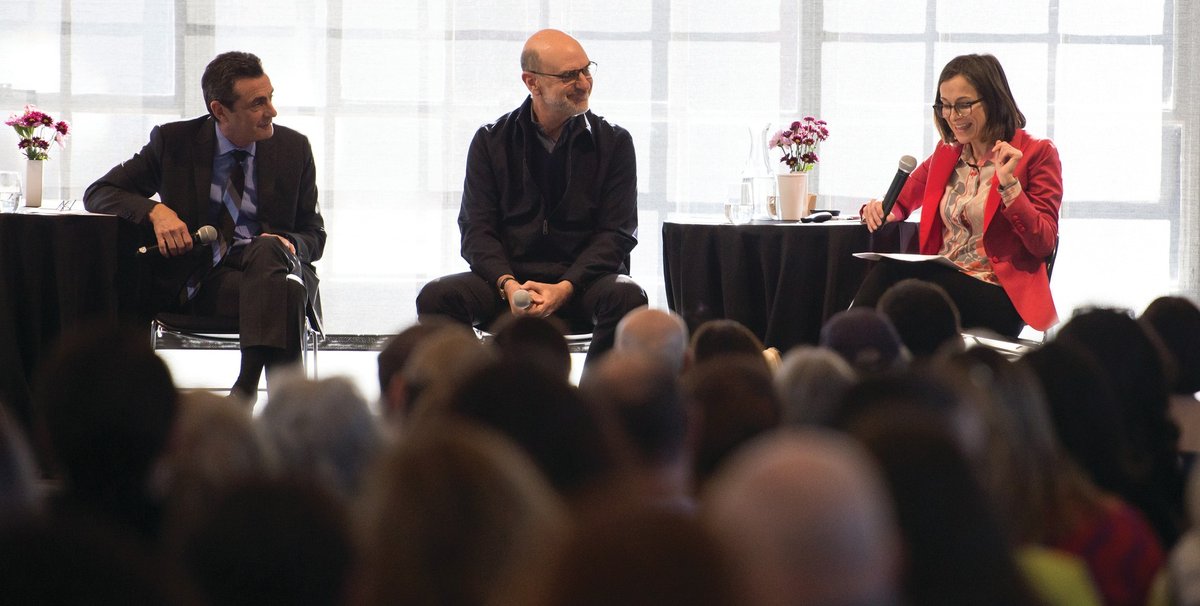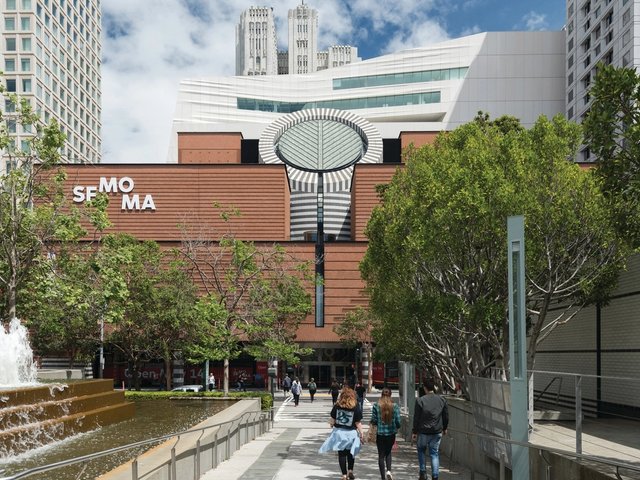How will the African-American woman running the San Francisco Museum of Modern Art (SFMoMA) in 30 years’ time deal with the white European male bias of the Fisher Collection? That was easily the best line of questioning from a day-long symposium (Yours, Mine and Ours: Museum Models of Public-Private Partnership) organised by the museum last month.
Neal Benezra, the San Francisco institution’s director, had packed the symposium’s panels with fellow museum leaders, including Richard Armstrong of New York’s Solomon R. Guggenheim Museum, Joanne Heyler of the Broad in Los Angeles, and Lars Nittve, the founding director of M+ in Hong Kong.
Inspired by the 100-year renewable loan to SFMoMA of works from the collection of Donald and Doris Fisher, the founders of the clothing retailer Gap, the event’s overarching theme was collector-museum relationships. The first session, moderated by the author Sarah Thornton, touched on the contractual obligation to stage a full “monographic” show of the Fisher Collection once every ten years.
“What if the director in 30 years is an African-American woman? How is she going to handle this show?” Thornton asked Benezra and Bob Fisher, the president of the museum’s board, who is also the Fishers’ son.
Benezra suggested that his successor would have a substantial degree of control over the Fisher material, which can be mixed in with other art during the off-years, as long as the designated galleries maintain a ratio of 75% Fisher to 25% non-Fisher works. “In those other 90 years, our curators can be very inventive,” he said.
Bob Fisher sounded almost apologetic for a moment, pointing out that the trove had been “assembled as a private collection” and reflected what his parents had seen in galleries at the time. Later on, he added: “This ought not to be a criticism, but an opportunity. The alternative, I think, would have been far bleaker. This gives you and your team a chance to build and a chance to focus. You don’t have to go back and collect more Gerhard Richter paintings or [Alexander] Calders.”
Four pressing questions discussed at the conference How much do public museums owe private collectors?
SFMoMA’s Neal Benezra offered revealing figures on the museum’s indebtedness to collectors. Since the museum was founded in 1935, its holdings have grown to 34,000 works, 65% of which were donated by individuals, 20% purchased for the museum by private collectors, and only 15% acquired by the museum itself. “It’s a staggering set of statistics,” Benezra said. “And I would bet this is the case with most American museums.”
Unfortunately, no-one pressed the speakers on the ethical issues raised by dependence on powerful collectors—from trustees who push for shows of work they collect to curators who spend valuable time acting as art consultants to trustees.
What is the role of single-donor museums?
Max Hollein, the director of the Fine Arts Museums of San Francisco, questioned the need for single-donor museums in regions already rich with culture. He cited the Louis Vuitton Foundation in Paris as an example, asking: “Is this institution really adding something new to the landscape? It’s fantastic they are doing the Shchukin exhibition [works amassed by the early 20th-century Russian collector Sergei Shchukin], but that’s exactly a show that could happen at the Pompidou [Centre] as well.”
How are museums dealing with reductions in public funding?
The benefits and headaches of government support—which varies considerably from country to country but is declining nearly everywhere—was a touchstone in the discussions. Frances Morris, the director of Tate Modern, described the Tate’s evolution over the past 25 years from “a national museum with 100% state funding” to its current model “where we… receive only 30% of our funding from the state”.
Richard Armstrong, of New York’s Guggenheim, disclosed how little money his institution actually receives from the city, state and federal governments combined: $250,000 out of an annual budget of $50m. He ended with a note of caution on the major tax reform pledged by the Trump administration. “I think in the US, the biggest threat to most institutions is if charitable deductions were eliminated, which is a strong possibility at this present moment. That would be a true test of people’s altruism—when their gifts are no longer deductible.”
What’s so wrong with writing a cheque?
An audience member who identified himself as Justin from Google asked what technology companies could be doing to help museums beyond writing cheques. Morris jumped in: “What’s wrong with writing the cheque? Seriously, one of the major problems we have with corporate sponsors now is the desire to shape and meddle and get involved. The olden days when people would write a cheque were fantastic.” In true museum director fashion, she ended with a pitch. “To have long-term support from a company like yours would be extraordinary. I would love to take you for lunch.”



